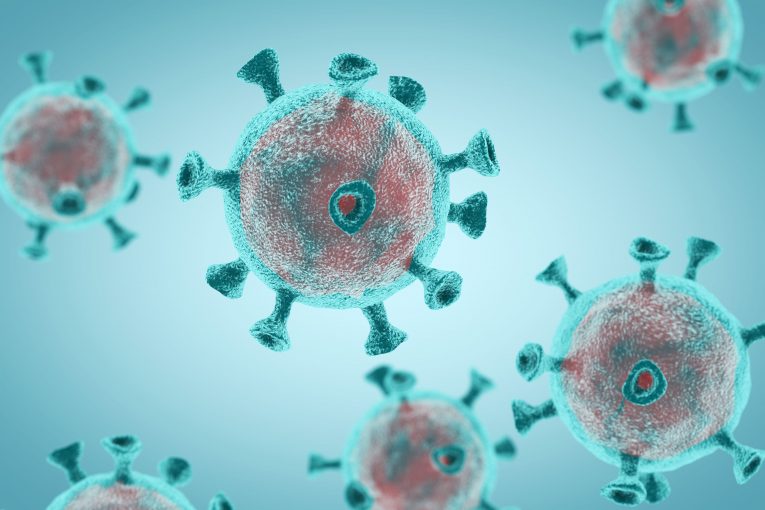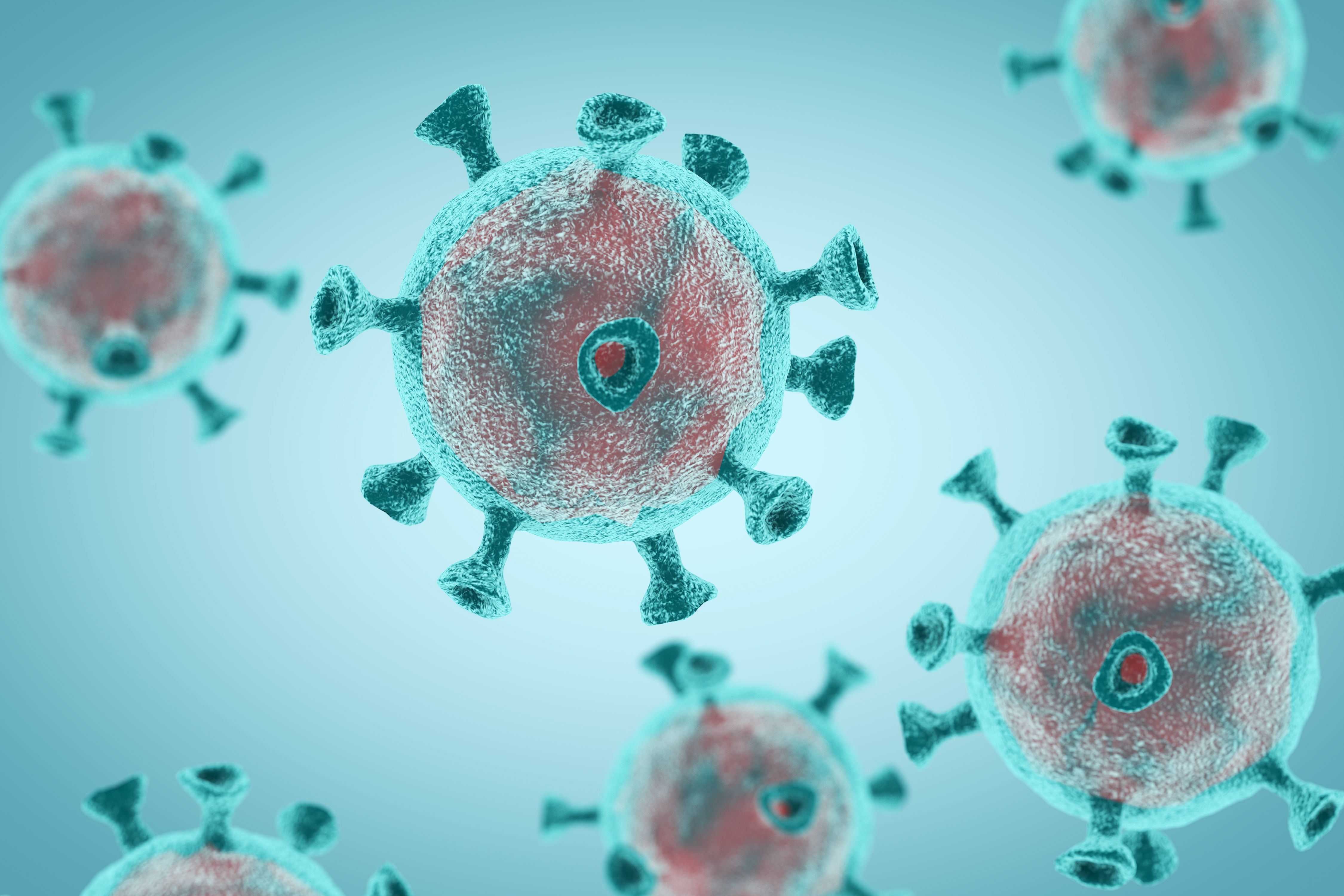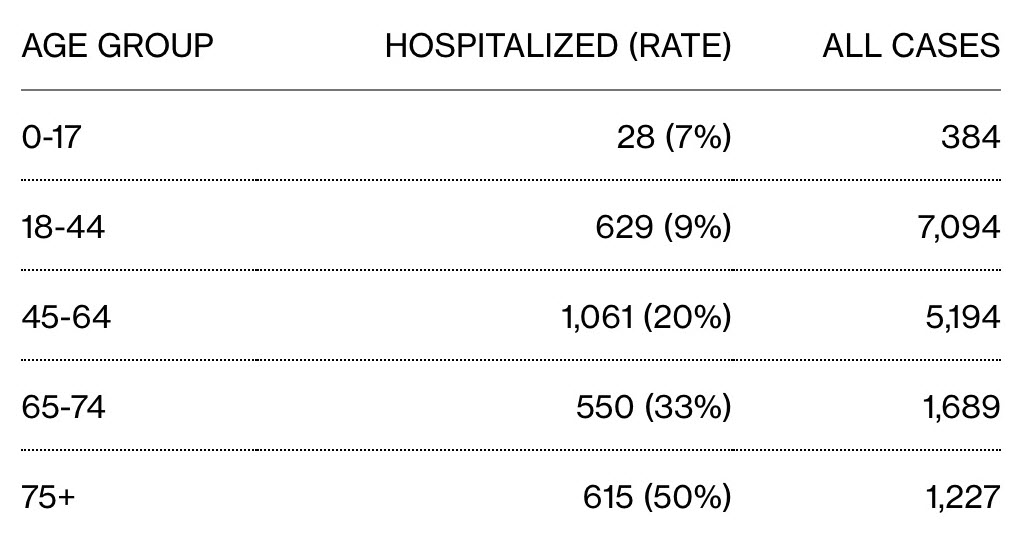

President Trump this week tried to make the case that we should reopen the country for business by Easter. Experts of course were alarmed by this idea, and it probably won’t happen.
But behind it is the notion is the idea that crippling the economy would be worse than the disease.
“You are going to lose a number of people to the flu, but you are going to lose more people by putting a country into a massive recession or depression,” Mr. Trump said.
This followed the controversial comments by Texas Lt. Governor Dan Patrick, himself about to turn 70: “My message is that let’s get back to work, let’s get back to living. Let’s be smart about it  and those of us who are 70+, we’ll take care of ourselves. But don’t sacrifice the country.”
and those of us who are 70+, we’ll take care of ourselves. But don’t sacrifice the country.”
Part of the problem here is that we have created a false hope by a misunderstanding of the nature of the COVID-19 disease. We were basically told two things. One is that 80 percent of the cases were “mild.” And second that young people may get sick, but they won’t die.
Both of these, while probably technically accurate, provide us with false hope.
The false belief among young people that they won’t get sick has driven irresponsible behavior—like large numbers of them flocking to spring break destinations and having parties.
As the Washington Post attempted to debunk last week, “Their attitudes were based in part on early data from China, which suggested covid-19 might seriously sicken or kill the elderly — but spare the young.”
A Centers for Disease Control and Prevention analysis of U.S. cases from Feb. 12 to March 16 released a week ago shows “38 percent of those sick enough to be hospitalized were younger than 55.”
(If you want to be kept up all night, start reading about the horrifying experience of actually being on a ventilator—many are forced to be in medically induced comas and they fight for their lives. The thought literally kept me up all night as a family member went through this experience).
Leaving aside the question raised by Dr. Louis Aronson: “Why are we OK with old people dying?” The impact goes far beyond death.

This Bloomberg snapshot of the New York City epidemic shows the hospitalization rate by age. Ten percent of the people age 18 to 44 will be hospitalized. That doubled to 20 percent for 45-64, and goes to 33 percent for those in the 65-74 range and half for the people over 75.
That means that, while the death rate is about 1.4 to 3 percent, the hospitalization rate is much higher at 18 percent. At 14 million infected, that would be 2.5 million in the hospital. At 128 million infected (which would be a 40 percent infection rate), it would be 23 million people in the hospital.
Those are not arbitrary numbers—that is the difference in the model created below between social distancing for 14 days versus 2 months.

But because we have been focusing largely on the death rates—and with some justification—we have missed that death is not the only huge consequence. Hospitalization, ventilators, the technology needed to keep people alive are in short supply. Social distancing can buy us time and also spread out the infection.
On Tuesday, Wired Magazine ran a critical article: “The Promising Math Behind ‘Flattening the Curve.’” If you are not too afraid of math, I suggest you read it.
The modeling bases some of the analysis on China where the curve resembled “an elongated S shape.” They write, “The line started out curving upward exponentially for the first 10 days or so, but then it decelerated and finally leveled off. It didn’t just keep getting worse and worse.”
Why? For one thing, “governments don’t just do nothing: They quarantine patients, limit travel, shut down schools and businesses. China locked down Wuhan and Hubei province and isolated them from the rest of the country, so the population at risk was much smaller than 1.4 billion.”
But there is another answer. Another basic reason is that new infections can’t constantly increase, because we don’t have “an infinite population.” They argue, “In reality, as more and more people get sick, there are fewer and fewer healthy people for them to infect. What that means is that the infection rate can’t remain constant, as our model assumed—it has to decline over time.”
The question is “what happens when a state or county takes action by shutting schools, closing down sports leagues, and making people stay home? The same underlying dynamic remains in place, but you reduce the base infection rate a.”
They note: “With a higher growth rate, more people get sick at the same time. Some of them will need hospital care to survive—but if the hospitals are full, then case-load triage sets in and bad things happen. That’s Italy, where nearly 10 percent of those infected have died.”
They argue: “Reduce this spike and you spread the infections over a longer period of time. That might not sound great as we’re all getting stir-crazy indoors. But it means you avoid overburdening the health care system. Reduce the growth rate, stretch out the curve, and you save lives.”
This is the part that the critics like the President are missing. They see the economic catastrophe but they are missing the consequences if we allow the pandemic to run more or less unchecked.
We run out of capacity at hospitals. More people die. More people are infected. More people are hospitalized.
Not discussed in any of this debate is what happens to the economy if 40 to 70 percent of the public gets COVID-19 in a close interval? We know that 18 percent will require hospitalization and it might be higher without available out-patient care. We know that the percentage who die will increase from perhaps 1.4 to 3 percent—it is now to closer to 10 percent in Italy.
What is all of that going to do to our economy?
And yet, we have the US Government constantly downplaying this threat. Yesterday, White House coronavirus task force member Dr. Deborah Birx “warned the public not to panic when they hear about models and projections of the pandemic’s spread,” Real Clear Politics reported.
“It’s our job collectively to assure the American people,” she also said. “There is no model right now — no reality on the ground where we can see that 60% to 70% of Americans are going to get infected in the next eight to 12 weeks. I want to be clear about that.”
That led Marc Lipsitch, an infectious disease epidemiologist at Harvard, to respond in a serious of tweets.
He tweeted: “Dr. Birx’s statements today indicated that ‘when people start talking about 20% of a population getting infected, it’s very scary, but we don’t have data that matches that based on our experience.’”
He followed that up with: “If our social distancing works it is possible we will not just flatten the curve, but get a decline in cases. Under a best-case scenario, we will keep that policy in place long enough to get down to very, very few cases domestically.”
He added, “If at the same time we ramp up testing capacity and the ability to trace contacts, in a very best-case scenario, we might conceivably be able to turn to a Korea- or Singapore-style mix of less intense distancing combined with super-intense contact tracing, isolation, quarantine.”
But he warned, it is a “best-case and likely unattainable scenario.”
Among his reasons: “We have not proven that US-style social distancing” can be effective in declining case numbers. “On this I’m hopeful, but it’s a hope not a fact.”
Second is “we remain woefully behind on testing capacity.”
Bottom line—we have real challenges here with testing and compliance. The other key point is that people, at least some, are not taking this threat nearly as seriously as they should.
—David M. Greenwald reporting







Worth noting, Italy has the second oldest population in the world.
Taking something seriously, and over-reacting/panicking, are two very different things.
Just as the difference in ‘stocking up’, and ‘hoarding’… one is prudent, the other is anti-social… was behind some one @ CVS yesterday… a full/overflowing shopping cart… but reminded me of an ark… two of lots of things, but not “clearing shelves”… minimizing trips out, but not being ‘greedy’/panicky… makes sense…
You can’t fix stupid. Of the 86,012 confirmed cases in the USA 2,054 have been resolved with 753 recovered and 1,301 dead. That is a 63% mortality rate in the resolved cases so far. China’s rate of new infections has flattened out. With 78016 resolved cases their mortality rate is running about 4.2%.
If 40% of the US population were infected we might reasonably expect over 5,000,000 deaths.
We went lockdown over 3,000 deaths on 9/11. Your chances of catching Covid 19 are far greater than being killed by a terrorist.
[edited]
There have been some stupid statements made by Trump, but watching his team not just a statement or two they seem impressive, and in context he did say that easter was for areas of the country not hard hit, and opening up the economy regionally would be based on rates in regions.
The good/bad news is that there is: no way Newsom/Garcetti etc. are going to open up the lockdown until at least May.
The just plain bad news is: never underestimate the stupidity of the vast majority of Californians.
I agree Alan, Trump has walked back much of that April 12th date. He has stated that the reopening will be predicated on the advice he gets from health experts and his team. According to a recent Gallop Poll 60% of the country thinks Trump is doing a good job concerning the virus crisis.
[edited]